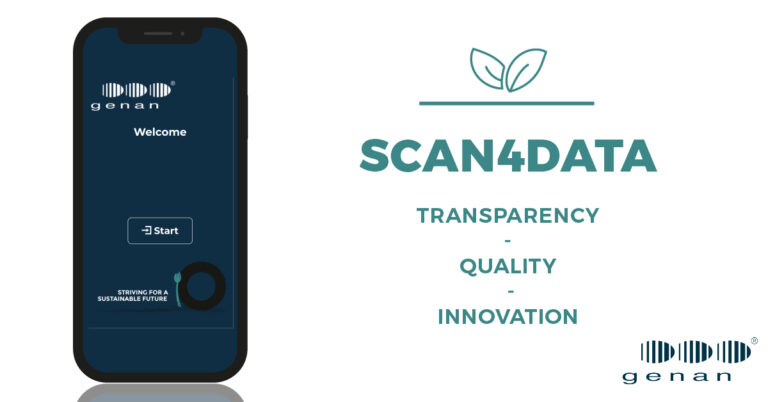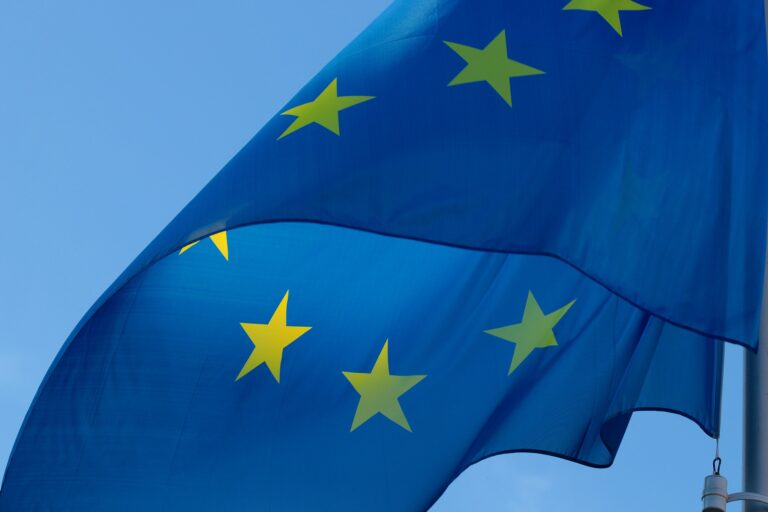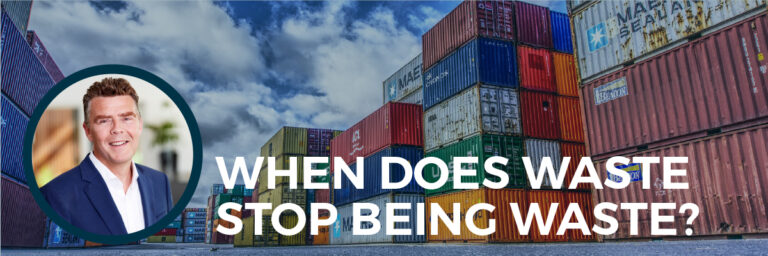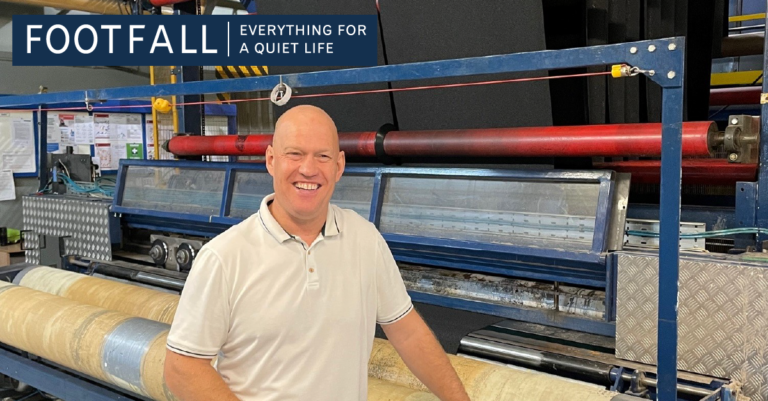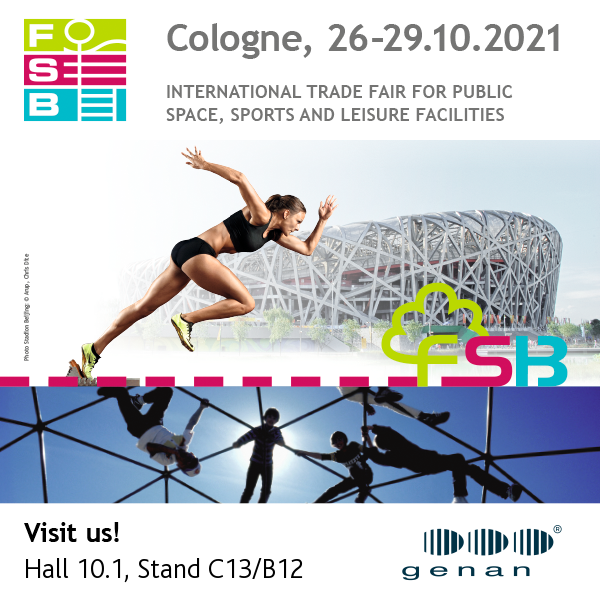As a strong support to our company values, Transparency, Quality and Innovation, we now present the Genan SCAN4DATA application.
We experience an increasing demand for documentation and proof of origin from our surroundings, such as customers, public authorities, environmental organisations, etc. Therefore, we have launched the Genan SCAN4DATA application, which is an innovative tool providing full transparency of the quality scores of your Genan products.
By scanning the QR codes on your received Big Bags, the app allows you to access all technical product information like Technical Data Sheets (TDS), Safety Data Sheets (SDS) and Sieve curves – and you can even find quality test results from the Genan laboratory and from external laboratories as well. All data is presented on screen and is also available for download.
To access you just need to follow this link on your phone or tablet: https://scan.genan.com/
